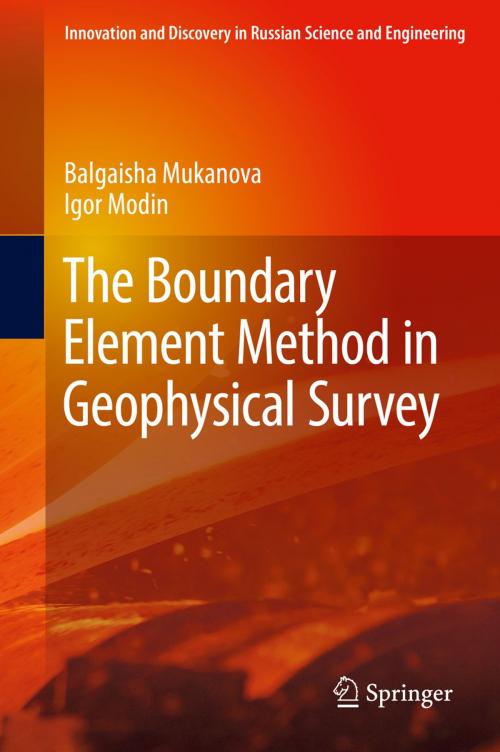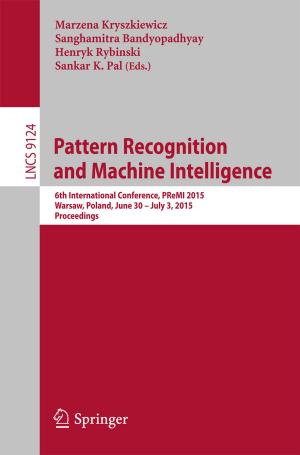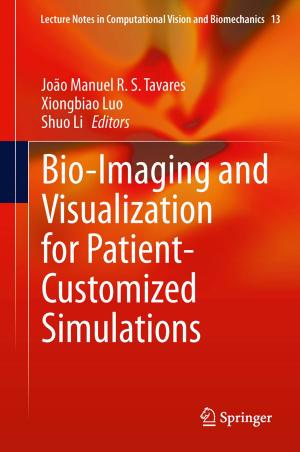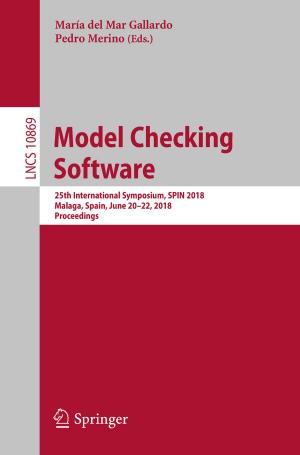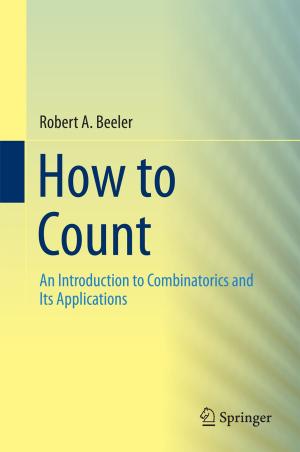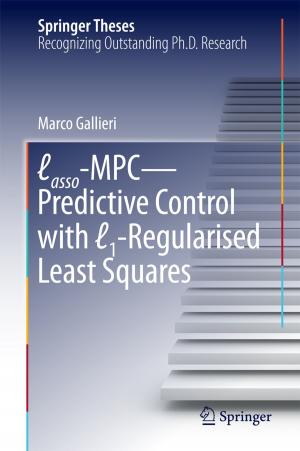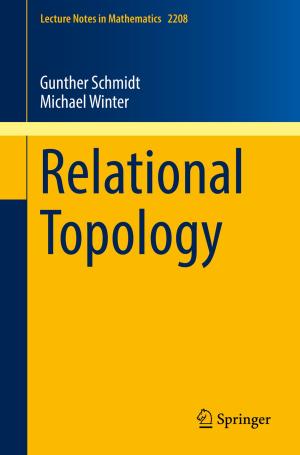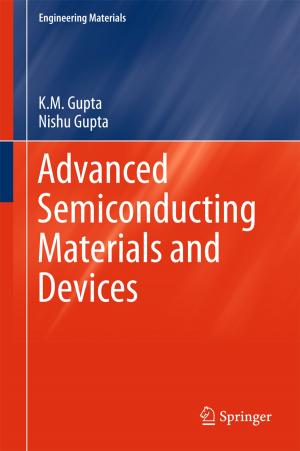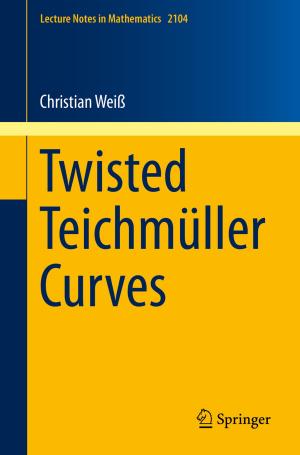The Boundary Element Method in Geophysical Survey
Nonfiction, Science & Nature, Mathematics, Differential Equations, Science, Earth Sciences, Geophysics| Author: | Balgaisha Mukanova, Igor Modin | ISBN: | 9783319729084 |
| Publisher: | Springer International Publishing | Publication: | February 12, 2018 |
| Imprint: | Springer | Language: | English |
| Author: | Balgaisha Mukanova, Igor Modin |
| ISBN: | 9783319729084 |
| Publisher: | Springer International Publishing |
| Publication: | February 12, 2018 |
| Imprint: | Springer |
| Language: | English |
This volume is devoted to the application of the integral equations method (IEM) and boundary elements method (BEM) to problems involving the sounding of geological media using direct current (DC). Adaptive mesh generation algorithms and numerical methods for solving a system of integral equations are discussed. Integral equations for the media, which contains piecewise linear contact boundaries, immersed local inclusions, and subsurface relief, are derived and solved numerically. Both 2.5D and 3D models with ground surface relief are considered. For 2D conductivity distributions, the influence of the relief on the interpretation of results is shown. Search solutions of the direct problem with ground surface relief are compared using the appropriate interpretation of results based on different inversion programs.
This volume is devoted to the application of the integral equations method (IEM) and boundary elements method (BEM) to problems involving the sounding of geological media using direct current (DC). Adaptive mesh generation algorithms and numerical methods for solving a system of integral equations are discussed. Integral equations for the media, which contains piecewise linear contact boundaries, immersed local inclusions, and subsurface relief, are derived and solved numerically. Both 2.5D and 3D models with ground surface relief are considered. For 2D conductivity distributions, the influence of the relief on the interpretation of results is shown. Search solutions of the direct problem with ground surface relief are compared using the appropriate interpretation of results based on different inversion programs.
